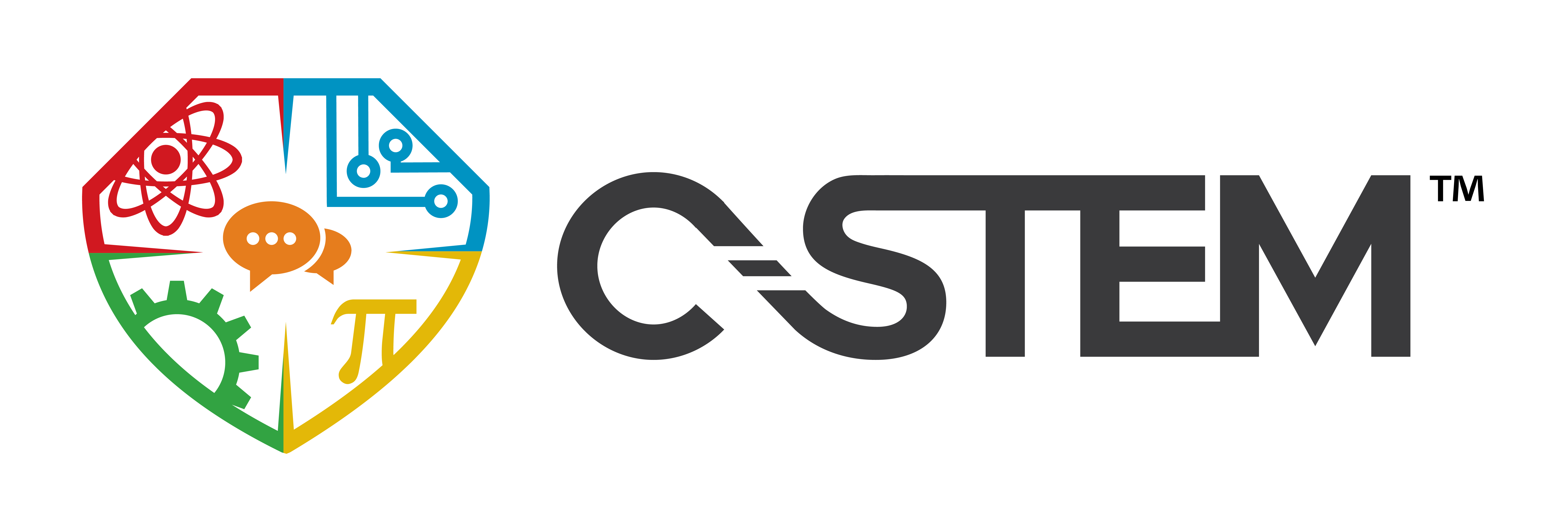Written by: Reagan Flowers, Ph.D.
As a community focused on improving underserved students’ opportunities, we are all keenly aware of the lack of women and Black scientists. However, every time I dig in and look at the numbers, they are still overwhelming. There is simply more to be done. We’re continually taking steps forward, but turning around a situation that has been vastly inequitable for so long takes unwavering commitment over many years.
Women and Blacks in Science: The Statistics
The latest statistics from UNESCO show that only 30% of science researchers around the world are women. These statistics are simply unacceptable. Even more unacceptable is the fact that only 10% of America’s scientific professionals are Black. One-tenth that means there is a whole lot of room for Black students to make their way into science.
Why are things still this way? It isn’t straightforward, as there are many reasons. Of course, the core problem for underserved students that I often mention is a lack of resources, whether at home or in the classroom. We at C-STEM do our best to bridge this gap by offering supplemental materials and activities at the teacher, school, and student levels. However, there are also some other factors to consider in how we take action now to decrease disparities, racial and otherwise, in tomorrow’s workforce.
The Importance of Representation
Think about the science textbooks you used in school. Do you remember seeing a mix of races, genders, and backgrounds? How many Black female scientists did you discuss in class? Chances are, it was very few.
Representation of minorities and women in science has not changed enough, but we’re starting to see glimpses. The film “Hidden Figures” inspired young black female students in a way we have rarely seen and even inspired a program for female scientists.
Another fantastic example is the Black female scientist at the forefront of COVID-19 vaccine research. She is just 34 years old. Dr. Kizzmekia Corbett is a true inspiration to those who don’t see others like themselves excelling in science.
We must keep telling the stories of Black and female scientists, showing tomorrow’s professionals the possibilities. Science, like all STEM fields, relies on problem-solving. Adding new perspectives brings new ways of thinking and different solutions. The input of those who come from different backgrounds also adds different perspectives on the American experience.
Encouraging Interest
From Kindergarten on, it’s essential that we provide the activities students need to stimulate their interest in science. Hands-on activities From Kindergarten on, we must provide students’ activities to stimulate their interest in science. Hands-on activities provide an engaging experience that reading about science in a book simply cannot. It is the very reason why we created the C-STEM Anywhere Toolkits to bridge the gap for students who are learning remotely due to COVID-19.
As these students find their passions in science, we must also continue to encourage their following through college to career. They must know it’s not only possible but ultimately achievable for underserved students, in particular, to succeed in a career in science.
We see interest decline by the college level — if not interest, then the ability to find success. One factor we’ve discussed is chemistry becoming a breaking point for Black and female students. I’m sure this is one of many roadblocks that ultimately add to the disparities in scientific fields of study. With college enrollment dropping as a result of the COVID-19 pandemic, there are more obstacles than ever before. We must remain vigilant.
As it stands now, of Americans who earn bachelor’s degrees in science and engineering, only 22% are earned by minorities. This statistic must change, especially when you consider that people of color earn about 40 percent of all bachelor’s degrees.
Discrimination in the Workplace
Another factor that comes into play regarding disparities in science is the experience of actually working in science. A 2018 Pew Research Center report revealed that 62% of Black STEM workers said they had experienced discrimination. The report also includes concerns like lower pay for the same job and small slights. These numbers were significantly higher than other STEM workers. For example, only 13 percent of white respondents reported discrimination.
In the report, 57 percent of Black STEM professionals also said their employers did not care enough about increasing diversity. Companies have made efforts to increase racial and ethnic diversity in recent years, but there are varying views about whether it’s enough.
Mentoring Can Facilitate Change
Similar to representation in the classroom, mentoring is the key to showing college students and new college graduates what’s possible. Those best equipped to answer questions and help these young people overcome the challenges they face are Black and female scientists who have “made it” in the field.
Besides, company leaders need to actively encourage these programs and go the extra step to build diverse and inclusive cultures. They must take the time to understand why the numbers are so low in science careers and work to eliminate the discrimination they experience.
Here at C-STEM, our internship program plays a crucial role in providing mentoring. It also helps us keep a pulse on the current challenges students face. We also partner with schools and companies, and they benefit equally from working together. We are proud to continue making those connections. If you are interested in lending your experience to the C-STEM community, don’t hesitate to reach out.






